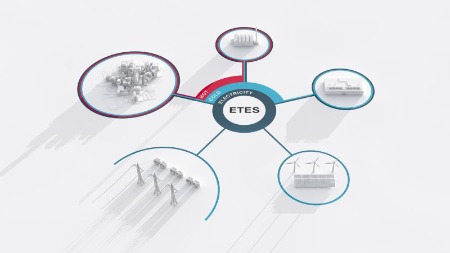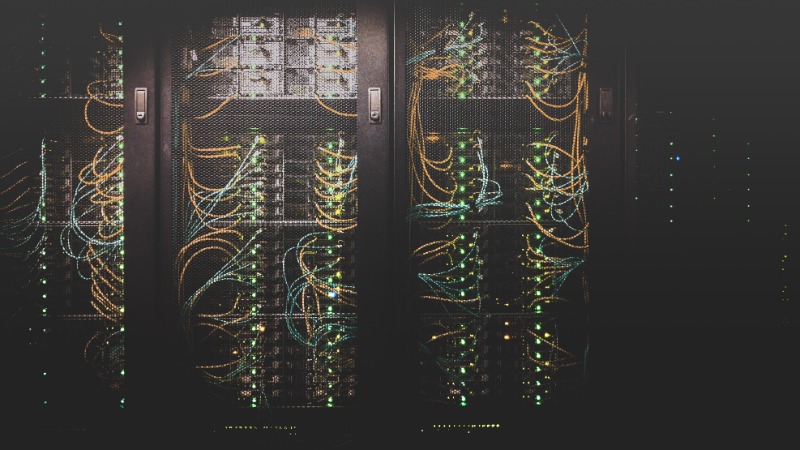1000 Solutions - September 13, 2019
WEEECAM, tackling the issue of e-waste in developing countries


Written by Tristan Lebleu 3 min read
With an entirely new process, from recycling, repairing and treating e-waste disposal, this project creates economic opportunities while protecting the environment.
On September 10th, 2019, Apple held its annual conference, unveiling a new set of devices, such as the iPhone 11, a new iPad or the latest Apple Watch. Just like every time the Cupertino-based firm makes such announcements, groupies of the brand will queue for hours in front of Apple stores to replace their “old” devices for new ones.
In 2018, around 1.56 billion smartphones were sold worldwide. But the craze for new gadgets comes at a cost. The disposal of electronic waste, also known as Waste of Electrical and Electronic Equipment (WEEE) or e-waste, is becoming a major environmental and health issue. E-waste is already the fastest growing waste stream worldwide and the launch of 5G compatible devices could make the situation worse.
Once thrown away, electronic waste is harmful to both humans and the environment. Electronics are composed of many different materials: copper, for cables and printed circuit boards; lead and tin for electronic components welding; gold for contacts to prevent oxidation; silicon for semiconductors (integrated circuits, transistors); tantalum for electrolytic capacitors; or lithium that is used in rechargeable batteries. Some of these are highly toxic pollutants. e-Waste contains 5 of the world's 6 most dangerous pollutants listed by Green Cross International.
In developing countries, where there is a lack of disposal infrastructure and waste management, informal workers break WEEE open or burn it in open air, poisoning themselves and their surroundings.
WEEECAM is a project launched by French NGO Solidarité Technologique to deal with the e-waste issue in Cameroon, while supporting economic development of local populations. The project is comprised of 4 components:
- The installation of a large-scale WEEE collection system in the cities of Douala and Yaoundé;
- The implementation of a large-scale WEEE treatment system, optimising its environmental impact, economically and socially sustainable;
- Strengthening the existing institutional framework, while contributing to the structuring of this sector of activity;
- Valuing and capitalizing on the project’s experience to facilitate its replication and improve the chances of success of other initiatives in developing countries.
"Concretely, we collect the equipment, when possible, we repair them to sell them. And when this is not possible, we dismantle them by separating all the materials to be able to recycle them correctly", said Boris de Fautereau, representative of Solidarité technologique in Cameroon, in a recent interview.
While it helps protect the environment, avoiding the dispersion of pollutants such as toxic compounds dangerous for the ozone layer and global warming, WEEECAM creates an economic opportunity for local communities. At its complete maturity, the project aims to provide 157 full-time jobs.
By industrializing the process of waste treatment, WEEECAM’s goal is to move from 50 tons of waste treated per year to 5000. As each ton of WEEE treated generates 350€ of revenue, and saves approximately 27.5 CO2eq, the project could have an important economic and environmental impact, which is why it was awarded the Solar Impulse Efficient Solution Label.

Written by Tristan Lebleu on September 13, 2019


